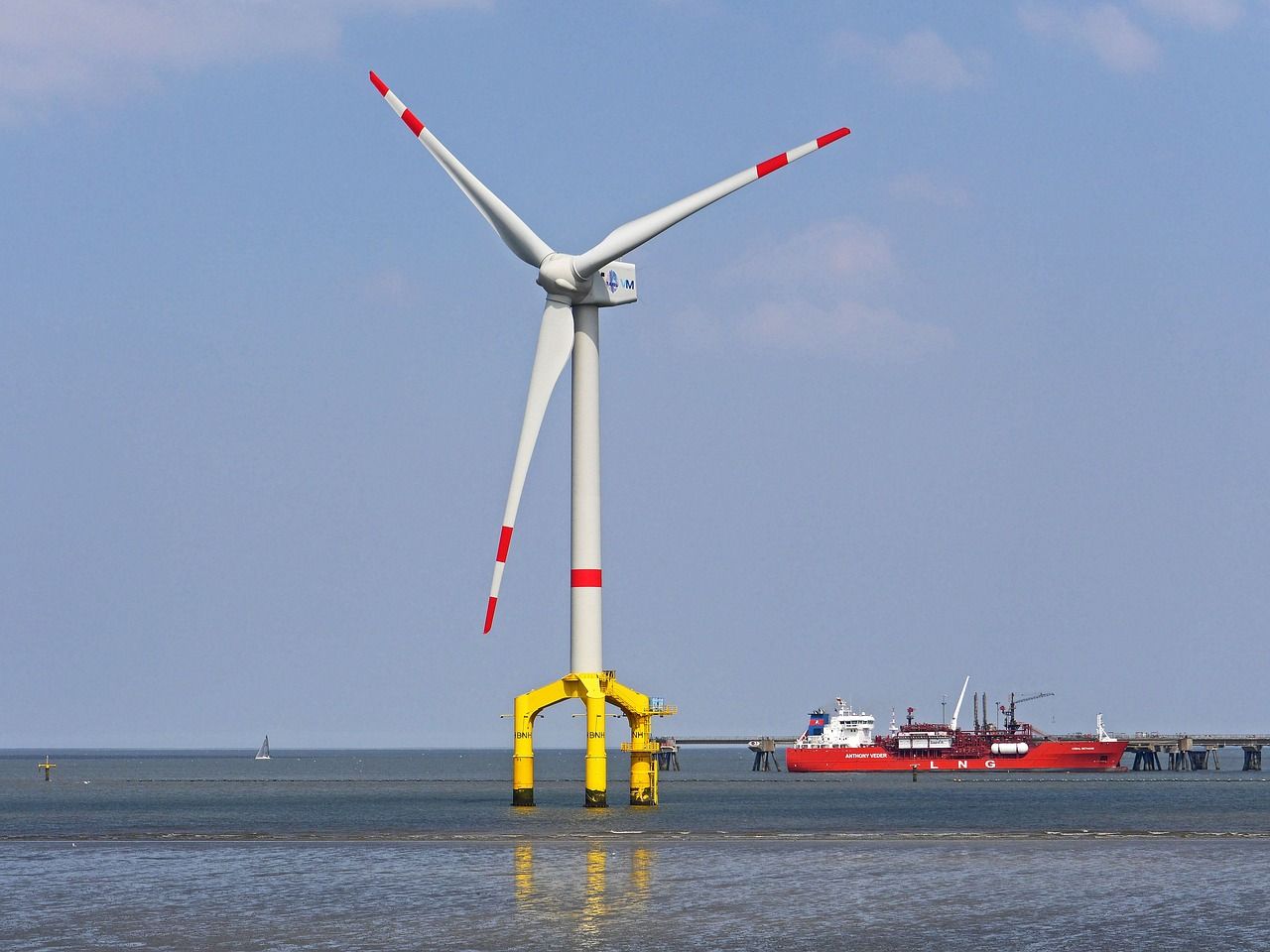Advancements in Offshore Wind Turbine Technology: What Lies Ahead


The first offshore wind turbines spun to life in 1991 in a farm in Denmark, generating 450kW. Five years later, the next notable offshore wind farm project used machines with a 500kW capacity, a resounding proof of progress during a time when scepticism about offshore wind was high.
Fast forward to today, and offshore wind continues to make technological strides. With 2030 and its target deadlines drawing nearer, let's look into the latest developments propelling the industry forward.
Turbines To Be Built Bigger…
Spurred on by demand for larger machines with a higher capacity factor, the industry is developing record-breaking turbines at a steady clip. GE’s Haliade-X gained the distinction of largest turbine model last year when it went operational, raising the industry benchmark to 13MW.
Yet just at its heels is the prototype-stage Goldwind GWH252–16MW, which broke the record for most power produced in a day. Over at Mingyang Power, plans to develop 22MW and 18MW are already underway, ensuring Goldwind GWH252’s reign will be short lived even before it goes commercial.
…And Better
As turbines and blades grow larger, so does the challenge of finding materials that can sustain the stress of supporting even heavier loads. One approach is to use carbon fibre composites, as opposed to the fibreglass polymer blends, to craft blades. Carbon fibre exhibits tensile strength that outperforms traditional fibreglass, while also being lighter.
Another area of interest is the use of additive manufacturing–essentially 3D printing–to make components. With 2030 looming ever closer, the pressure is on to find more economic and efficient turbine designs, particularly in the emerging field of floating wind.
Additive manufacturing (AM) has the potential to allow developers to explore options faster. One study from the National Renewable Energy Laboratory (NREL) identified AM’s potential to unlock the production of high-performance blades with longer lengths and lower overall costs–but not without inherent challenges in material strength and higher initial manufacturing costs.
Floating Wind To Drive Changes Off and Onshore
While floating wind is still in its infancy compared to fixed-installation projects, it doesn't have the luxury of following the developmental timeline of traditional offshore wind farms. Despite being in its early stages, floating wind is expected to contribute up to 5 percent of offshore wind's 2030 targets.
Facing ambitious goals and a shorter runway, rapid developments are happening across different fronts to give floating wind the tailwind it needs for a successful take off. There are 120 floating wind designs on the market. Companies are looking at how to adapt ports for floating wind, whose components are larger and heavier than their fixed bottom counterparts. One particular revolutionary approach is to build substructures on modular dry docks which can be tugged out to installation sites.
Expect consolidation in the next few years as companies experiment in hopes of finding the most cost-efficient configuration.
Optimising Maintenance with AI
Traditionally, the frequency of wind turbine maintenance is determined by different factors. Individual components are checked according to manufacturer specifications. These inspections typically happen on an annual or bi-annual basis. Corrective maintenance is performed when necessary.
Yet arranging repairs for offshore turbines is inherently more challenging. Moving crew and equipment out to sea is difficult, requiring the use of specialised vessels that have to be booked weeks if not months in advance. Unpredictable weather conditions can disrupt schedules and delay crucial fixes, underscoring the importance of getting ahead of component malfunctions.
Artificial intelligence and machine learning can shift the current reactive maintenance practices to a more proactive and efficient approach. One compelling example of the technology at work comes out of the Korea Institute of Energy, where researchers created an AI model that predicted component failure with up to 90 percent accuracy.
Robots to Revolutionise Operations
The use of robots has always been prominent in offshore wind. Remote operated vehicles (ROVs) first saw wide scale, commercial use for building offshore wind farms. Today they’re still used to inspect turbine foundations, seabed topography, and cabling–all locations that are incredibly risky for human divers to navigate.
In the near future, experts predict robots will fulfil even more functions, and not only those found deep beneath the sea. “I think in five years, I’ll be surprised if you still have people hanging off ropes offshore to do the inspection,” says Yvan Petillot, a robotics expert from Heriot Watt University.
Instead, we may see robots crawling across the vast expanse of a turbine. The aptly named BladeBUG is a six-legged robot that is being developed to not only evaluate damage, but also conduct small-scale repairs. Dive down to the monopile and you’ll cross the territory of the Amphibian, a robot designed to, among other things, clean biofouling and assess structural damage in areas that are typically inaccessible by rope or ROVs.
Despite facing headwinds in rising costs and supply chain issues in recent years, offshore wind remains steadfast in its pursuit of technological advancement. From the development of record-breaking turbines to the integration of AI and robotics, the latter half of this decade promises to be one of unprecedented innovation.